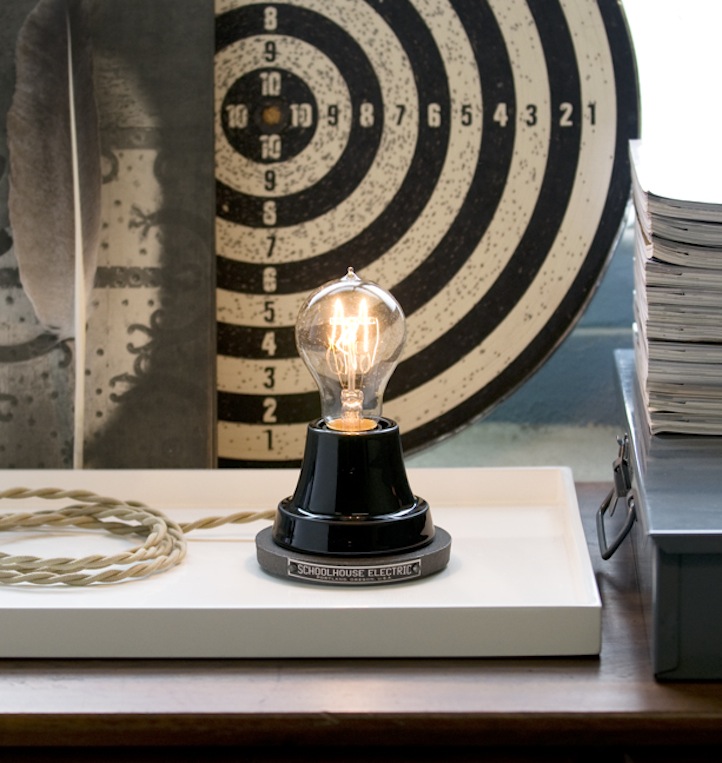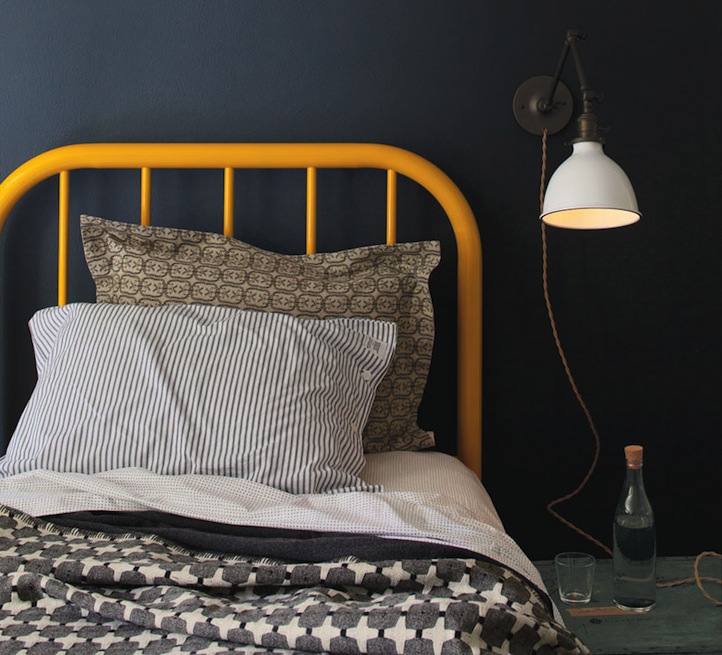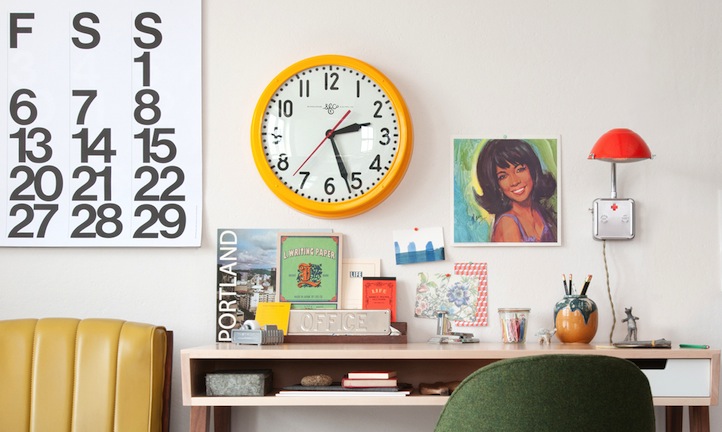Shining A Light On Schoolhouse Electric
01.10.2013
ART & DESIGN

Meet Schoolhouse Electric, a brand that was launched in 2003 and has since come to embody a movement in interior design – older products reworked and reinvented for a modern time period. Here, owner and founder Brian Faherty shines some light on the method behind his business, and how Portland, from a stylistic perspective, makes its global mark.
Life+Times: You launched Schoolhouse Electric in 2003 after being frustrated with the availability of the appropriate utilitarian lighting choices for restoration projects he and his clients were working on in Portland, Oregon. How has your initial idea changed over time?
Brian Faherty: Oddly enough it really hasn’t changed. While there are layers of corporate stores in the light fixture and home furnishing space (from the big box stores to the direct marketing/retail chains), the customers Schoolhouse Electric is connecting with want something different. The Internet has enabled us to reach more people and grow our ‘indie’ audience without sacrificing quality, craft or our innovative aesthetic ideals. It isn’t as much about the frustration anymore…but what inspires us? What keeps us up at night? What are we curious about?

L+T: I think the name of your brand is very unique and nostalgic. How did you choose this name? What’s behind the meaning?
BF: Schoolhouse Electric Co. was the original name of the company and since our initial lighting offering was built around the “schoolhouse style” of lighting fixtures used in schools and other institutional buildings, I liked the straight forward nature of the name and the action in the word “electric.” I also like that that we all in some way, no matter how young or old, want to learn…we want more for ourselves and our friends and families…there’s an inherent altruistic quality in most of us and the “schoolhouse”represents that place to me. There’s humility in learning what we don’t know…a place where stories are told, lessons learned, friends made…the growth in our curiosity. We added “and Supply” (Schoolhouse Electric and Supply Co.) with the expansion into lifestyle products.
L+T: Once you launched your company, this led to the discovery of a cache of decommissioned cast iron molds used for blowing glass shades. The glass shades had been produced on the east coast to serve a growing residential, commercial and industrial building boom in the ’20s leading up to and during the depression and then carried on until mid-century. What is it about Portland (and its associated design aesthetic) that you find so interesting?
BF: Portland was developed in the likeness of San Francisco with an urban grid layout and was largely developed during the boom times of the 1920’s. The city [of Portland] implemented an urban growth boundary in the 1970’s which saved the downtown core and neighboring districts from the urban decay and suburban sprawl that was devastating cities throughout the United States during that time. The architecture, both residential and storefront, are beautiful and well situated. The natural beauty of rivers, forests, mountains and beaches are within close proximity to Portland. I think people live here and are coming here because the quality of life is high and the urban experience ideal. Amazing craft bars, restaurants, coffee shops, boutiques, music venues, art and culture are accessible and affordable. It’s a city full of possibilities. People care about quality and craft and while technology has opened the west to the outside world and vice versa. There is a true since of place being here.

L+T: You began with a small offering of light fixtures and shades and has since grown into a lifestyle brand that values American and locally made goods to serve the needs of a residential, commercial and industrial boutique audience. What are some of the product categories you offer?
BF: Beyond the lighting category, which was our sole focus for the eight years leading up to our expansion into the lifestyle space until 2011, we looked at products that were akin to our lighting collection. Products that could serve home and work spaces. Office, furniture, kitchen, bath, bedding, rugs, accessories and a category of particular interest called domestic utility. We looked at products that are as useful as beautiful. Most made locally or in the U.S.
L+T: How would you define your personal aesthetic taste when it comes to design and interiors?
BF: My personal aesthetic is clean, simple, and purposeful. I like to mix found objects and furnishings from the past. Sometimes industrial, institutional with shapes from mid-century through ’60s and ’70s. I like both bright color and muted tones. I love wool, the faint smell of the barn…wood fires. And I’m happiest when driving my beige 1974 Mercedes-Benz 280 sedan.
L+T: You’ve since grown your company and now have a showroom in New York City. When did you decide to make the jump? How has this worked out for the brand thus far?
BF: I opened the NY showroom 8 years ago in TriBeCa. I think having a showroom in NY has helped our trade business tremendously and it gives me an excuse to spend time in my second favorite city in the world.





